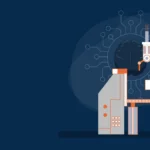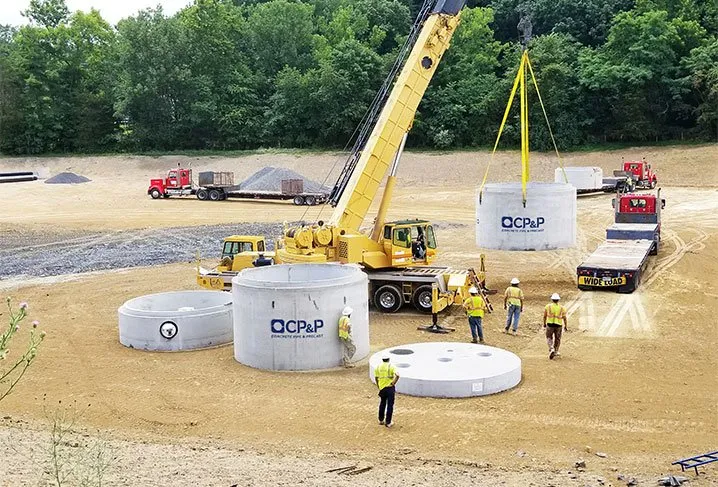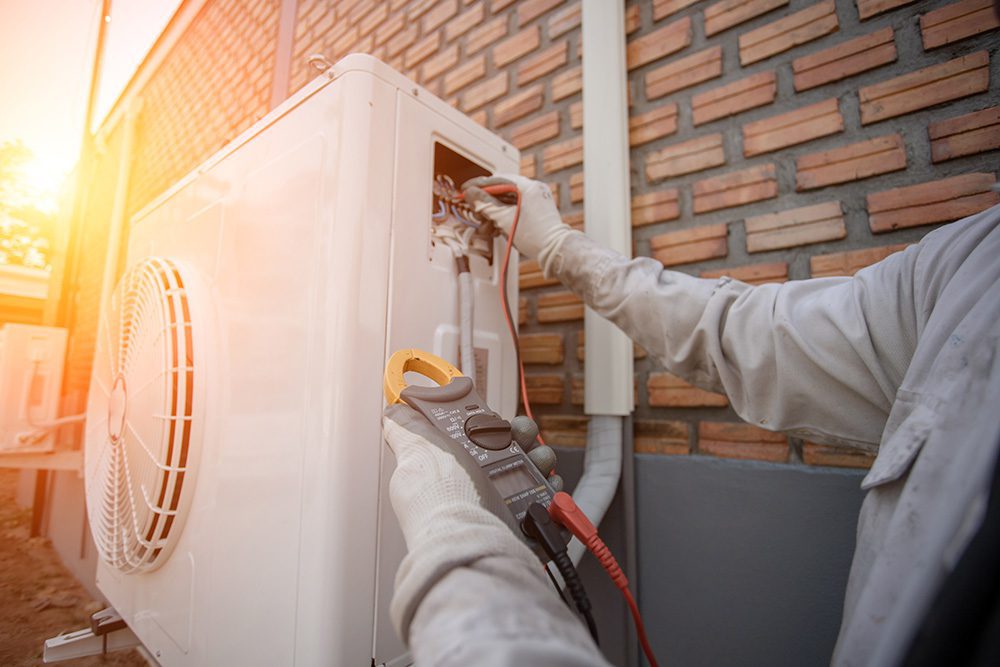When it rains, water that runs off roofs, roads, and pavements doesn’t simply disappear. Instead, it collects pollutants such as oil, chemicals, and debris carried into our local rivers, lakes, and oceans. Stormwater runoff can severely damage aquatic ecosystems, contaminate drinking water sources, and contribute to flooding and erosion without proper treatment. Effective stormwater treatment is a crucial yet often overlooked solution for protecting our environment.
By filtering and managing stormwater runoff, treatment systems help keep our waterways clean, reduce pollution, and preserve the health of aquatic life. Whether you’re a homeowner, a city planner, or someone who cares about environmental sustainability, understanding stormwater treatment can significantly impact the future of our local ecosystems.
In this blog, we will explore stormwater treatment, its importance, and its role in protecting local waterways.
What is Stormwater Treatment?
Stormwater treatment means managing and cleaning the water that runs off surfaces like roads, roofs, and parking lots during rain. This water often carries pollutants such as oil, debris, and chemicals. Stormwater treatment involves using systems like filtration, detention basins, and green infrastructure to remove contaminants before the water enters local waterways. The goal is to reduce pollution, prevent flooding, and protect water quality in rivers, lakes, and oceans.
Importance of Stormwater Treatment in Protecting Waterways
Stormwater treatment is essential for keeping our waterways clean and healthy. When stormwater runs over urban surfaces, it picks up pollutants such as oil, chemicals, trash, and sediment. If left untreated, these pollutants can enter rivers, lakes, and oceans, harming aquatic life and contaminating drinking water sources. Here’s why stormwater treatment is so necessary:
- Reduces Pollution: By filtering harmful substances, stormwater treatment helps keep pollutants out of our water sources, reducing water contamination.
- Prevents Erosion: Untreated stormwater can cause erosion in rivers and streams. Treatment systems slow down runoff and protect shorelines from damage.
- Protects Ecosystems: Clean water is essential for the health of aquatic life. Stormwater treatment ensures that ecosystems remain intact and thriving.
- Improves Public Health: Cleaner water helps protect communities from waterborne diseases and reduces the need for expensive water treatment.
In short, effective stormwater treatment helps keep our waterways clean, reduces pollution, and ensures a safer environment for all.
Role of Stormwater Treatment in Protecting Waterways
Stormwater management may not be a daily concern for us, but it is crucial for maintaining a clean and safe environment. When it rains, the water that flows off rooftops, streets, and driveways often picks up all kinds of pollutants along the way, like oil, trash, dirt, and chemicals. Without proper treatment, this dirty water can flow directly into rivers, lakes, and oceans, harming the plants, animals, and people who depend on them. Here are the roles of stormwater treatment in protecting waterways
Filtering Out Pollutants
One of stormwater treatment’s most important jobs is filtering out pollutants from runoff. As water moves across hard surfaces, it gathers oil from cars, chemicals from lawns, heavy metals, trash, and more.
- Stormwater systems often include filters, detention basins, or natural features like rain gardens that capture and clean the water.
- These systems remove dangerous substances before the water reaches streams, rivers, or oceans.
By catching pollutants early, stormwater treatment protects aquatic habitats and improves water quality for everyone.
Reduces Nutrient Pollution
Fertilizers and other products used in farming and lawn care contain nutrients like nitrogen and phosphorus. These nutrients help plants grow, but too much of them in water can be harmful.
- When excess nutrients reach waterways, they can trigger algal blooms and rapid algae growth that blocks sunlight and lowers oxygen levels in the water.
- Algal blooms harm fish and other water animals, making it difficult for them to live. They can also produce poisons that are bad for people.
Stormwater treatment helps trap and reduce these nutrients, preventing imbalances in water ecosystems and keeping the environment healthier.
Trapping Sediment and Debris
Stormwater can also pick up loose soil, sand, and debris, especially near construction sites or unpaved areas. These sediment materials can cloud the water and affect aquatic life.
- Sediment can bury fish eggs, damage habitats, and make it hard for underwater plants to grow.
- Floating debris, like plastic bottles or food wrappers, can harm animals or ruin the beauty of natural areas.
Treatment systems are designed to catch this sediment and debris, keeping waterways clearer and safer for wildlife and people.
Protects Drinking Water Sources
Many communities drink water from local rivers, lakes, or underground. Polluted stormwater can contaminate these water supplies.
- Cleaning stormwater before it reaches drinking water sources makes it easier and safer to treat for human use.
- It also helps reduce the cost of water treatment and lowers the risk of exposure to harmful substances.
Stormwater treatment is key in maintaining access to clean, safe drinking water for communities everywhere.
Mitigates Flooding and Erosion
Heavy rain can overwhelm drainage systems and lead to sudden flooding. Fast-moving stormwater can also erode riverbanks and wash away soil.
- Stormwater treatment systems are designed to slow down and manage water flow.
- They give the water time to soak into the ground or flow into specially designed storage areas.
These systems help prevent property damage, protect infrastructure, and reduce soil erosion by reducing the speed and volume of runoff.
Ensures Regulatory Compliance
Local, state, and national governments have rules and guidelines to help protect water quality. Homes, businesses, and construction projects are often required to manage stormwater properly.
- Installing and maintaining stormwater treatment systems helps meet environmental regulations.
- It also shows that a community is committed to protecting natural resources and public health.
Proper stormwater management helps avoid fines, ensures compliance, and supports responsible development.
Enhancing Recreational Water Safety
Clean water isn’t just for drinking; it’s also for enjoying. Whether swimming in a lake, fishing in a river, or paddling a kayak, you want that water to be safe.
- Polluted stormwater can lead to beach closures or health risks from bacteria and toxins.
- Treatment systems help prevent these issues by keeping harmful runoff out of recreational areas.
With better stormwater treatment, people can enjoy outdoor activities without worrying about getting sick.
Promotes Long-Term Sustainability
Stormwater treatment is more than solving today’s problems; it’s an investment in the future.
- Green stormwater solutions, like bioswales and permeable pavements, support healthier cities and ecosystems.
- These systems help communities better manage extreme weather, adapt to climate change, and reduce long-term environmental harm.
By protecting water now, stormwater treatment supports a cleaner, more sustainable world for future generations.
Final Thoughts
Effective stormwater treatment is crucial for maintaining clean and healthy waterways and resilient communities. It is vital in protecting public health and the environment by capturing pollutants, reducing nutrient runoff, managing sediment and debris, and controlling flooding. These systems help preserve drinking water sources, support recreational safety, and ensure long-term sustainability as urban areas grow. Investing in stormwater treatment is an innovative and practical step toward achieving cleaner water and a healthier future for people, wildlife, and local ecosystems.










